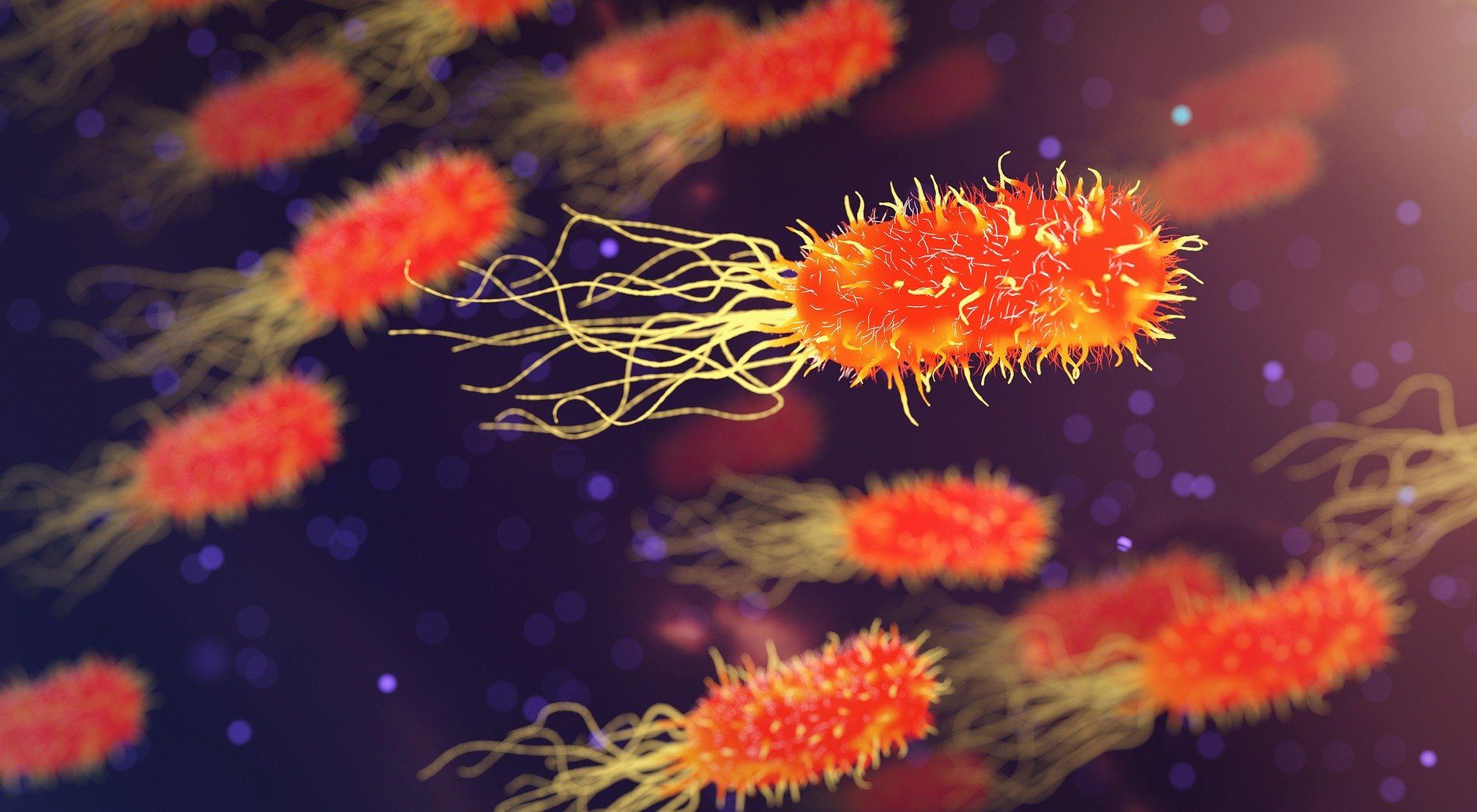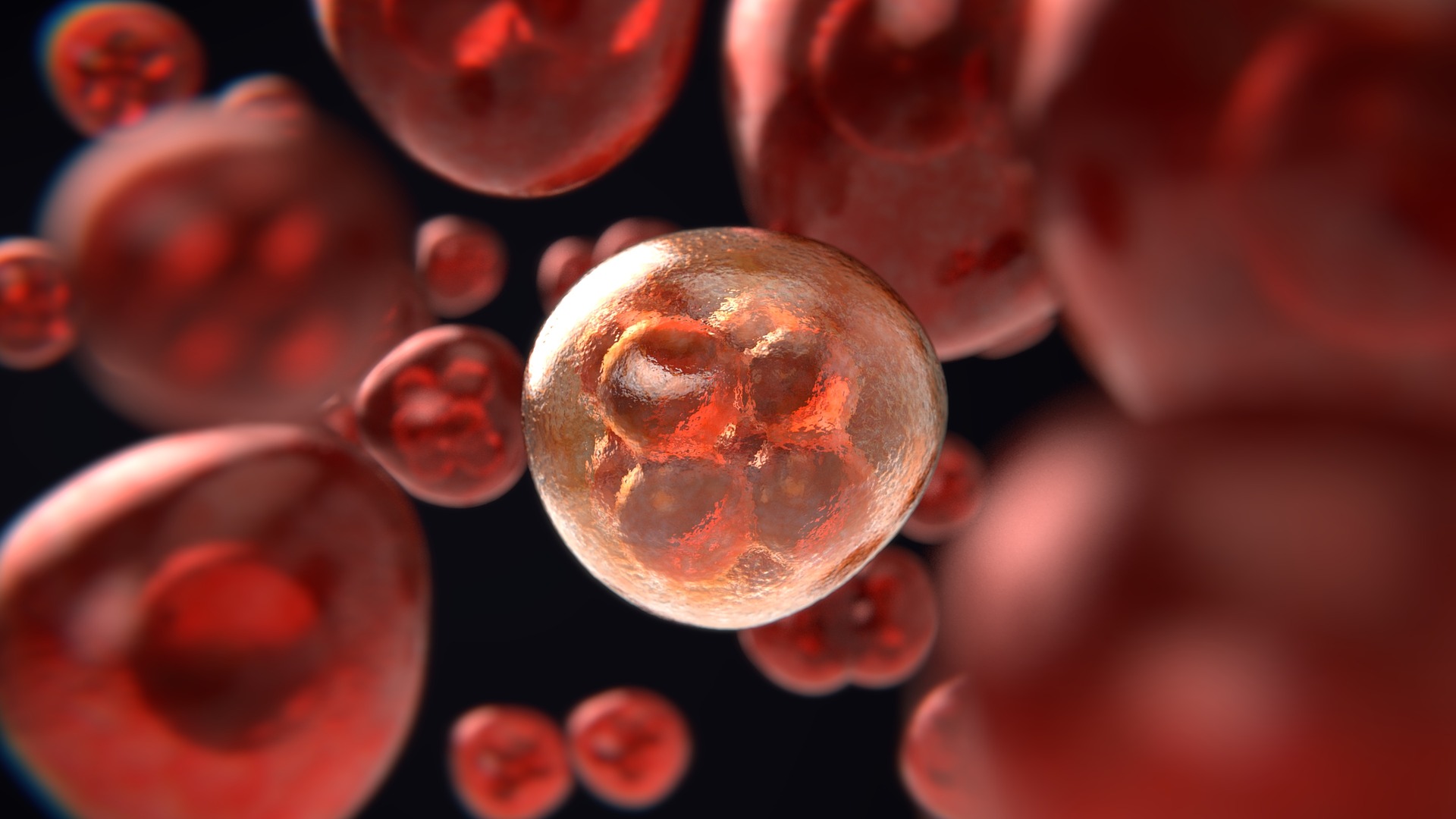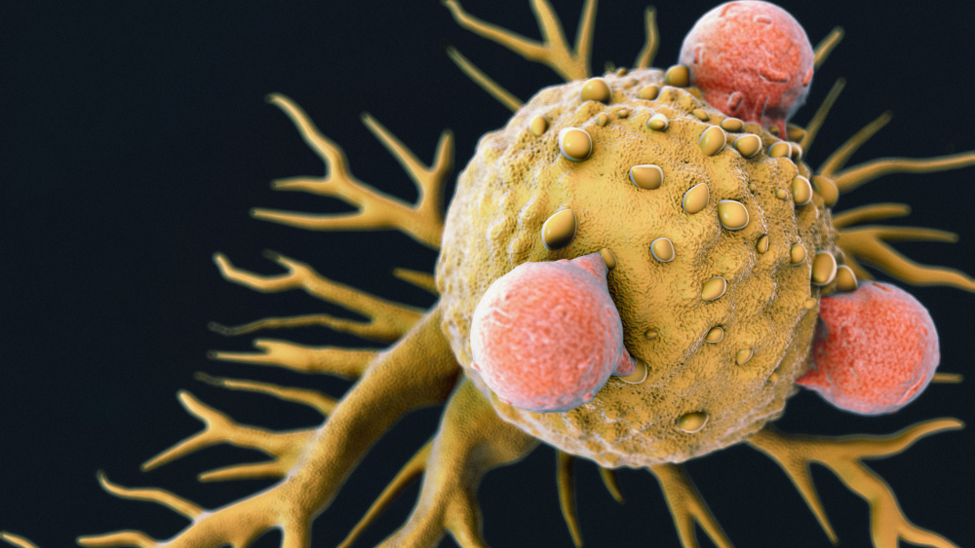A recent study published in the journal Science has revealed that tumors contain different species of bacteria, forming unique tumor microbiomes.
Researchers at the Weizmann Institute of Sciences profiled bacterial species in 1,010 human tumors across seven common tumor types (along with 516 adjacent normal tissue samples) that included breast, lung, ovary, pancreas, melanoma, bone and brain tumors.
The researchers found that bacteria within tumors are mostly intracellular and reside within both cancer and immune cells and that each tumor type has a distinct bacterial composition. For example, breast cancers were observed to have a uniquely rich and diverse microbiome while overall, greater numbers of bacteria were found in breast tumors than in surrounding normal breast tissue.
Interestingly, bacteria were found not only within cancer cells, but also within immune cells in tumors. Dr. Ravid Straussman, a principal investigator at Weizmann Institute and lead author of the study, commented on the finding saying that, “Some of these bacteria could be enhancing the anticancer immune response, while others could be suppressing it – a finding that may be especially relevant to understanding the effectiveness of certain immunotherapies.”
This was actually apparent when the research team compared bacteria from different groups of melanoma samples, finding that melanoma tumors that responded to immunotherapy were enriched in classes of bacteria that were different from melanoma tumors that had a poor response.
Related: Researchers Gain Insight into the Early Microbiome
Dr. Straussman thinks that the study can begin to explain why each cancer has its own unique microbiome, which may be related to the overall nature of a given tumor microenvironment. For example, specific tumor types may produce greater amounts of certain metabolites that specific subsets of bacteria may require, and vice versa. In this way, the microbiota within a tumor may be involved in dynamic, supportive interactions with cancer cells within the tumor microenvironment.
While the presence of bacteria in tumors has been known for over a century now, characterization of tumor microbiomes has remained a challenge due to their low biomass. In addition, tumor samples with contaminating outside bacteria can be an issue, which is why it is important to include appropriate controls and various measures to avoid contamination during processes to profile tumor microbiomes.
In the undertaking of the study, the researchers used a real-time quantitative PCR (qPCR) assay with universal primers specific for the bacterial ribosomal 16S protein to detect bacterial DNA/RNA within the samples. Over 600 negative controls were employed in order to ensure robustness and accuracy of the obtained data. To further address possible contamination issues, 168 paraffin-only samples obtained from the margins of paraffin blocks (which lack any tissue) were also included.
Immunohistochemistry (IHC) staining was also performed using antibodies against bacterial lipopolysaccharide (LPS) and lipoteichoic acid (LTA) to identify Gram-negative and Gram-positive bacteria, respectively.
The research team also grew out bacteria directly from some of the tumors, demonstrating that the bacteria found in the tumors were alive. Additionally, electron microscopy visualization of the bacteria showed that the bacteria preferentially localized close to the nucleus within cells.
Using these combined methods, the researchers were able to produce a high resolution, detailed profile of living bacteria within cancers. Their findings show that every single tumor type contains bacteria and that different cancer types harbor different bacterial species.
Correlations between intratumoral bacteria and plausible tumoral activities and functions were also made based on various patient characteristics such as tumor types and subtypes, patient smoking status and response to immunotherapy. For example, it was found that breast cancer subtypes that exhibit increased oxidative stress were enriched in bacteria that produce mycothiol, which can detoxify reactive oxygen species.
In addition, the team found distinct differences between bacteria found in lung tumors from patients that were smokers compared to those that had never smoked. For example, genes involved in the metabolism of nicotine, toluene, phenol and other chemicals found in cigarettes were upregulated in bacterial cells from lung tumors of smokers compared to non-smokers.
“Our studies, as well as studies by other labs, clearly demonstrate that bacteria are also an integral part of the tumor microenvironment. We hope that by finding out how exactly they fit into the general tumor ecology, we can figure out novel ways of treating cancer,” said Dr. Straussman.
These findings highlight the importance of non-tumoral elements in shaping the tumor microenvironment. Understanding their precise characteristics and functions can be key in predicting therapeutic responses, as well as designing new therapies to target tumors in their entirety to better achieve disease eradication and prevent recurrence.










Join or login to leave a comment
JOIN LOGIN